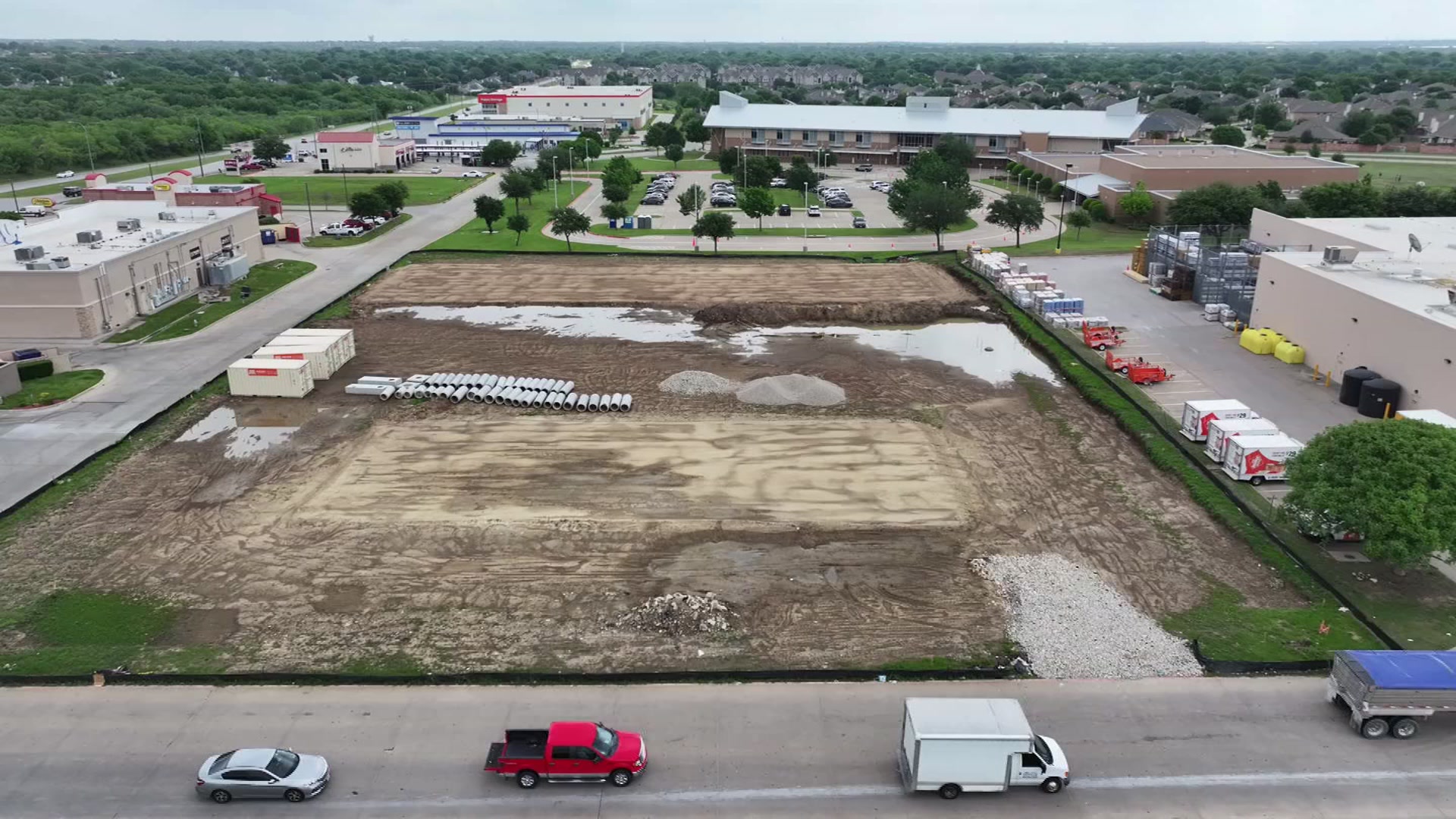North Texas is a step closer to getting a new weather radar system that could save lives, after an NBC 5 Investigation and new data NBC 5 obtained from the National Weather Service shows why that radar should bring faster warnings in a tornado.
The numbers, from a weather service review of the April 3 storms, show forecasters were not able to issue any advanced warning for two of the 17 tornadoes touched down that day.
"It would have helped quite a bit if we'd had more warning," said Sonny Prewitt who lives near Joshua in Johnson County.
The weather service data shows the tornado near Joshua was actually on the ground for four minutes before the NWS issued a tornado warning.
"Thank the good lord it didn't hit my wife and house, cause my wife can't move very fast," Prewitt said.
Meteorologists at the National Weather Service have been studying radar images from the April 3 storms.
For 15 of the 17 tornadoes that day, the radar clearly showed the signature image of a tornado, which allowed forecasters to sound an early alert, sometimes even 20 to 30 minutes in advance.
Local
The latest news from around North Texas.
But the current radar systems could not identify the tornado that touched down near Joshua or another twister that hit near Sulphur Springs.
"Any little bit of extra lead time -- that gives somebody an extra opportunity to save their life," said Mark Fox with the National Weather Service.
Fox believes a new radar system known as CASA, the Collaborative Adaptive Sensing of the Atmosphere, may have been able to spot the two tornadoes the current radar couldn't see.
In tests, CASA has given as much as 10 additional minutes of warning time because it updates faster and sends clearer pictures.
NBC 5 asked Fox if having this radar would have helped in Johnson County. "I think so. If you go into an absolutely dark room, you want as many flashlights out there on whatever it is you can see," Fox said.
But as NBC 5 first reported in April, CASA is sitting in a warehouse at Dallas/Fort Worth International Airport because The Federal Emergency Management Agency turned down a request for the final $150,000 researchers needed to install it.
FEMA says the radar does not fit the requirements of the grant the applied for.
NBC 5 Investigates alerted members of Congress and things started to change.
"We got contacted a couple days after the story," said Molly Thoerner, director of emergency preparedness for the North Central Texas Council of Governments.
The state's emergency management department has offered to help the CASA Program apply for another pool of FEMA money. It should be enough to get eight radar dishes up and running.
"We're not past the finish line yet, but we're definitely closer than we were and it looks very positive," Thoerner said.
If they get the money, the radar could be out of the warehouse by fall, or maybe even in time to warn the DFW area about some late summer storms.



